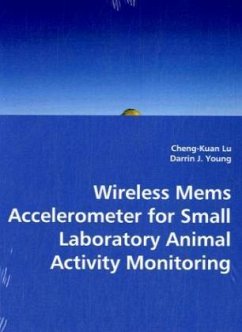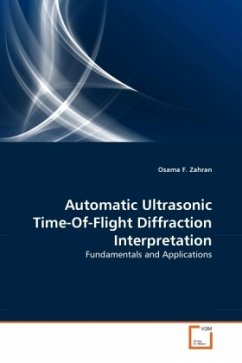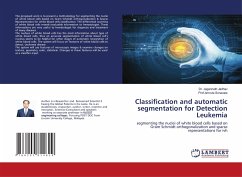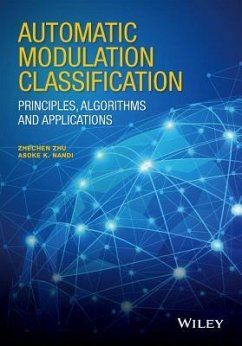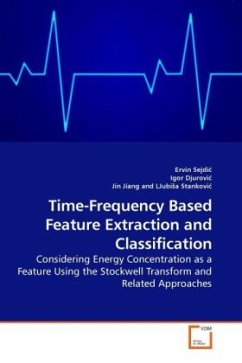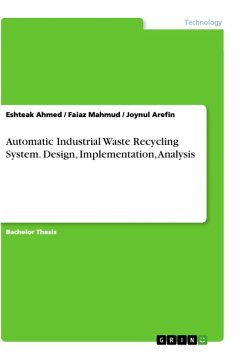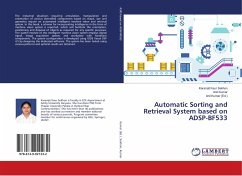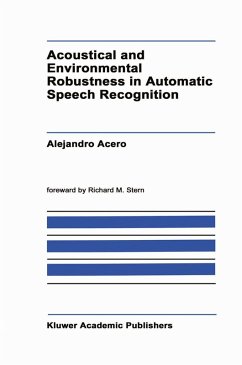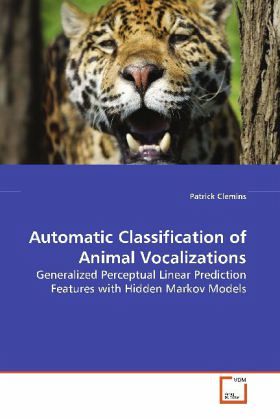
Automatic Classification of Animal Vocalizations
Generalized Perceptual Linear Prediction Features with Hidden Markov Models
Versandkostenfrei!
Versandfertig in 6-10 Tagen
39,99 €
inkl. MwSt.

PAYBACK Punkte
20 °P sammeln!
This manuscript describes a framework for theanalysis andclassification of animal vocalizations. Theframework combines generalized perceptual linearprediction (gPLP) features, which incorporateinformation about the ability of the species understudy to perceive sounds, and a hidden Markov model(HMM) classification system. The effectiveness ofthe framework is shown by analyzing African elephant andbeluga whale vocalizations. The features extractedfrom the African elephant data are used as input to asupervised classification system and compared toresults from traditional statistical tests. The gP...
This manuscript describes a framework for the
analysis and
classification of animal vocalizations. The
framework combines generalized perceptual linear
prediction (gPLP) features, which incorporate
information about the ability of the species under
study to perceive sounds, and a hidden Markov model
(HMM) classification system. The effectiveness of
the framework is shown by analyzing African elephant and
beluga whale vocalizations. The features extracted
from the African elephant data are used as input to a
supervised classification system and compared to
results from traditional statistical tests. The gPLP
features extracted from the beluga whale data are
used in an unsupervised classification system and the
results are compared to labels assigned by experts.
The development of a framework from which to build
animal vocalization classifiers will provide
bioacoustics researchers with a consistent platform
to analyze and classify vocalizations.
analysis and
classification of animal vocalizations. The
framework combines generalized perceptual linear
prediction (gPLP) features, which incorporate
information about the ability of the species under
study to perceive sounds, and a hidden Markov model
(HMM) classification system. The effectiveness of
the framework is shown by analyzing African elephant and
beluga whale vocalizations. The features extracted
from the African elephant data are used as input to a
supervised classification system and compared to
results from traditional statistical tests. The gPLP
features extracted from the beluga whale data are
used in an unsupervised classification system and the
results are compared to labels assigned by experts.
The development of a framework from which to build
animal vocalization classifiers will provide
bioacoustics researchers with a consistent platform
to analyze and classify vocalizations.



